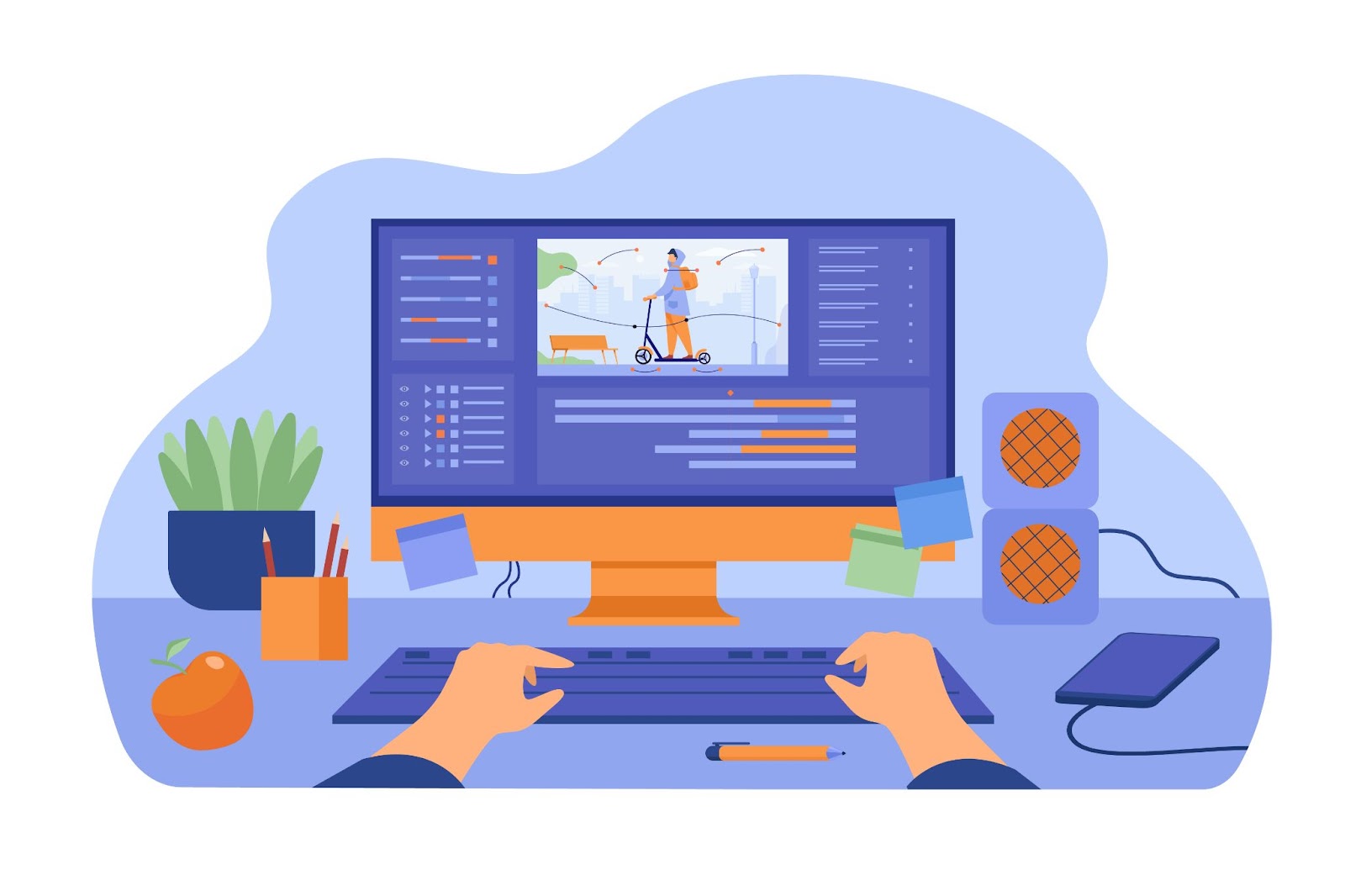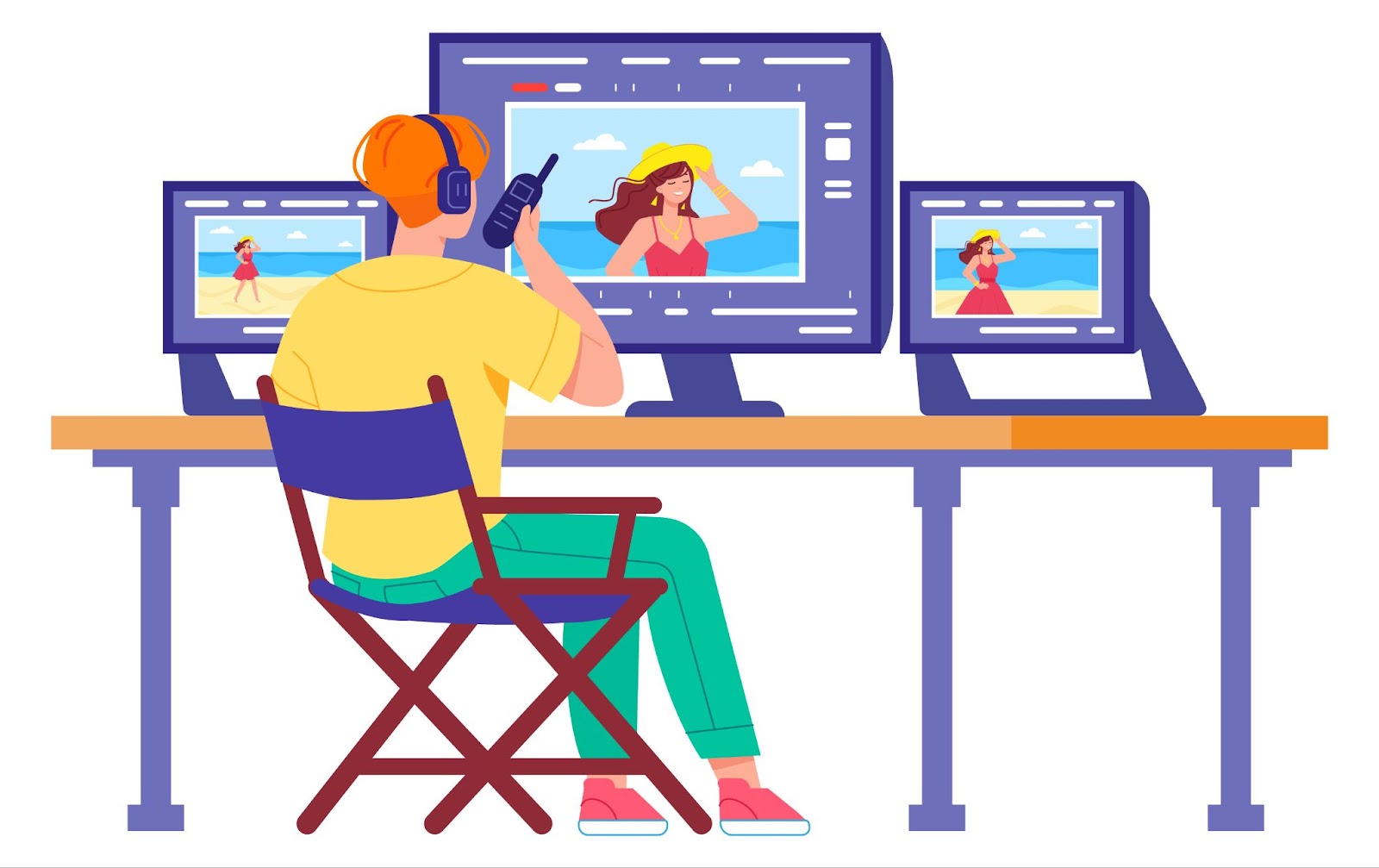
In the realm of user interface design, animations play a crucial role in enhancing user experience by making interactions more intuitive and visually appealing.
However, integrating smooth animations that elevate the user interface without detracting from performance can be a challenging task. Effective animations can guide users through their journey on a digital platform, providing feedback and fostering an engaging environment.
This article will explore the techniques and principles for integrating smooth animations into user interfaces, focusing on how they can enhance usability and aesthetic appeal.
The Role of Animations in User Interface Design
Animations play a crucial role in enhancing user interface (UI) design by improving both aesthetics and functionality.
Purpose of UI Animations
UI animations serve multiple purposes in design. Primarily, they help in guiding users through their interactions with a system.
By providing visual cues, animations can highlight changes, illustrate the effects of actions, and demonstrate relationships between different elements.
Additionally, animations can make interfaces feel more intuitive and responsive. They add a layer of smoothness and continuity to the user experience, making transitions and user actions appear more seamless and natural.
Impact on User Experience
The strategic use of animations significantly enhances the user experience.
Well-implemented animations can reduce cognitive load by clearly indicating where to focus and what to expect next, thus making navigation through the interface more straightforward.
They also contribute to a sense of direct manipulation, where actions have immediate, understandable reactions within the interface.
Moreover, animations can inject personality and emotional appeal into the design, making interactions not just functional but also enjoyable. This can lead to increased user engagement and satisfaction, fostering a positive connection with the application or website.
Principles for Creating Smooth Animations
Smooth animations are essential for enhancing user interfaces, providing both functional and aesthetic value. To achieve this, designers must focus on principles such as timing and easing, responsiveness and interactivity, and consistency across the UI.
Timing and Easing
The timing and easing of an animation play crucial roles in how natural and enjoyable the animation feels.
Timing refers to the duration of the animation—it should be fast enough to feel responsive yet slow enough to be noticeable and understood by users. Easing refers to the acceleration and deceleration of the animation; it makes transitions appear more natural by mimicking the physics of the real world.
Popular easing functions include "ease-in," where the animation starts slowly and speeds up, and "ease-out," where it starts quickly and slows down towards the end.
Correctly using timing and easing can significantly enhance the fluidity and natural feel of animations.
Responsiveness and Interactivity
Animations should enhance the sense of interactivity in the UI. They must respond instantly to user inputs to avoid any perception of lag, which can frustrate users and reduce the effectiveness of the UI.
For instance, button animations that react on hover or click provide immediate feedback to users, affirming that their actions have been registered.
Such animations contribute significantly to a responsive user experience by providing visual confirmation of interactions, making the interface feel alive and reactive.
Consistency Across the UI
Consistency is key in animation just as it is in other aspects of UI design. Consistent animations across the UI help users learn the behavior of the interface faster, reducing cognitive load and enhancing usability.
For example, using a uniform style and similar animation effects for all buttons on a website can help users understand that all buttons will behave similarly. This consistency helps in building a coherent visual and interactive language that users can quickly become familiar with.
Technical Aspects of Implementing Smooth Animations
Implementing smooth animations in user interfaces requires a deep understanding of the tools and technologies involved, meticulous attention to performance optimization, and ensuring cross-platform compatibility.
These technical aspects are crucial for delivering a seamless and engaging user experience.
Tools and Technologies
The choice of tools and technologies significantly influences the quality and ease of animation implementation. For web-based animations, CSS animations and transitions are commonly used for simple effects due to their ease of use and browser support.
JavaScript libraries like GreenSock Animation Platform (GSAP) or anime.js offer more control and capabilities for complex sequences.
For mobile applications, developers might use native frameworks like iOS's Core Animation or Android’s Animation API to achieve smooth, performant animations that feel integral to the platform.
Performance Optimization
Performance is critical when implementing animations. Poorly optimized animations can lead to jank, delayed responses, and increased load on the CPU or GPU, which degrade the user experience.
To optimize performance, it's essential to:
- Use the browser’s composite layer to animate properties like opacity and transforms (translate, rotate, scale), which don't trigger repaints and reflows.
- Minimize the number of animatable elements to reduce the workload on the device.
- Leverage hardware acceleration when available, ensuring smoother transitions and animations.
- Test animations under various system loads and conditions to ensure consistent performance.
Cross-Platform Compatibility
Ensuring that animations perform consistently across different platforms and devices is another crucial aspect.
This involves:
- Testing on multiple devices and browsers to identify and fix any inconsistencies.
- Using progressive enhancement techniques to provide basic functionality for older devices while enabling richer animations on more capable devices.
- Employing responsive design principles to ensure animations scale correctly and maintain their impact on different screen sizes and resolutions.
Designing Animations for Different UI Elements
Incorporating animations into user interface design enhances interactivity and user engagement. Different UI elements, such as navigation components and feedback mechanisms, can significantly benefit from well-crafted animations.
Navigation Components
Animations in navigation components help guide users through the interface smoothly and intuitively. For example, a hamburger menu icon can transform into an X while opening a mobile navigation drawer, visually indicating the change in state.
Dropdown menus and accordions can use subtle sliding or fading animations to indicate expansion or collapse, providing a clear visual cue that enhances user understanding.
These animations should be fast enough to avoid user delay, yet slow enough to be noticeable and enhance the user experience.
Feedback Animations
Feedback animations are essential for communicating system status and providing immediate and relevant feedback to user interactions.
For instance, a button can incorporate a loading spinner animation after being clicked to indicate that a submission is in progress. Similarly, animations can highlight changes in content, such as a fade or scale effect when a new item is added to a list, helping draw the user's attention to the update.
These animations reassure users that their actions have been acknowledged and are being processed.
Conclusion
In conclusion, smooth animations are integral to creating dynamic and engaging user interfaces that captivate and assist users. This article has discussed various methods for integrating animations that contribute positively to the user experience, emphasizing the importance of subtlety and functionality.
By carefully designing animations that are both appealing and functional, designers can significantly enhance the interaction between the user and the platform. Ultimately, well-executed animations can transform a static user interface into a lively and responsive environment, encouraging user engagement and satisfaction.

![How To Create a Highly Converting Black Friday (Cyber Monday) Landing Page [+Examples]](/_next/image?url=https%3A%2F%2Fwebsite-assets.commoninja.com%2Fdistribution%2F1737380298824_How_to_create_a_great_Black_Friday_Cyber_Monday_Landing_Page.webp&w=640&q=75)

